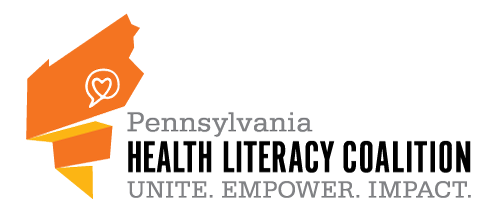Almost 90 million people in the United States have limited ability to find, process, and understand the basic information needed to make appropriate health decisions.1 This skill set, known as health literacy, is vital to making sure all Americans have access to quality health care. Improving health literacy is also necessary to helping people manage their own health effectively.
Low health literacy has a major impact on both patients and the healthcare system. Low health literacy is a stronger predictor of a person’s health than age, income, employment status, education level, or race.2 Generally, low health literacy has been shown to result in overall poorer health and higher health care costs. This effect is likely due to several factors. For example, people with low health literacy use preventive services less often. This increases their chance to develop chronic health conditions like diabetes and high blood pressure. Low health literacy is also associated with more visits to the emergency room. The cumulative effect of these factors leads to an increase in healthcare costs for the patient and the system.3,4
There are many tools that can be used to address health literacy, but providers sometimes lack the time or resources to learn and implement these techniques. Take a look at other posts that highlight some basic strategies providers can use to meet the health literacy needs of their patients. These posts contain information and ideas for implementation of the Universal Precautions Approach, Plain Language, and Teach Back. Additional information about these and other health literacy topics is available on our Resources page and via the Communicating to Connect online training modules.
For more information about our health literacy initiatives, contact Kelsey Salazar (ksalazar@hcifonline.org).
